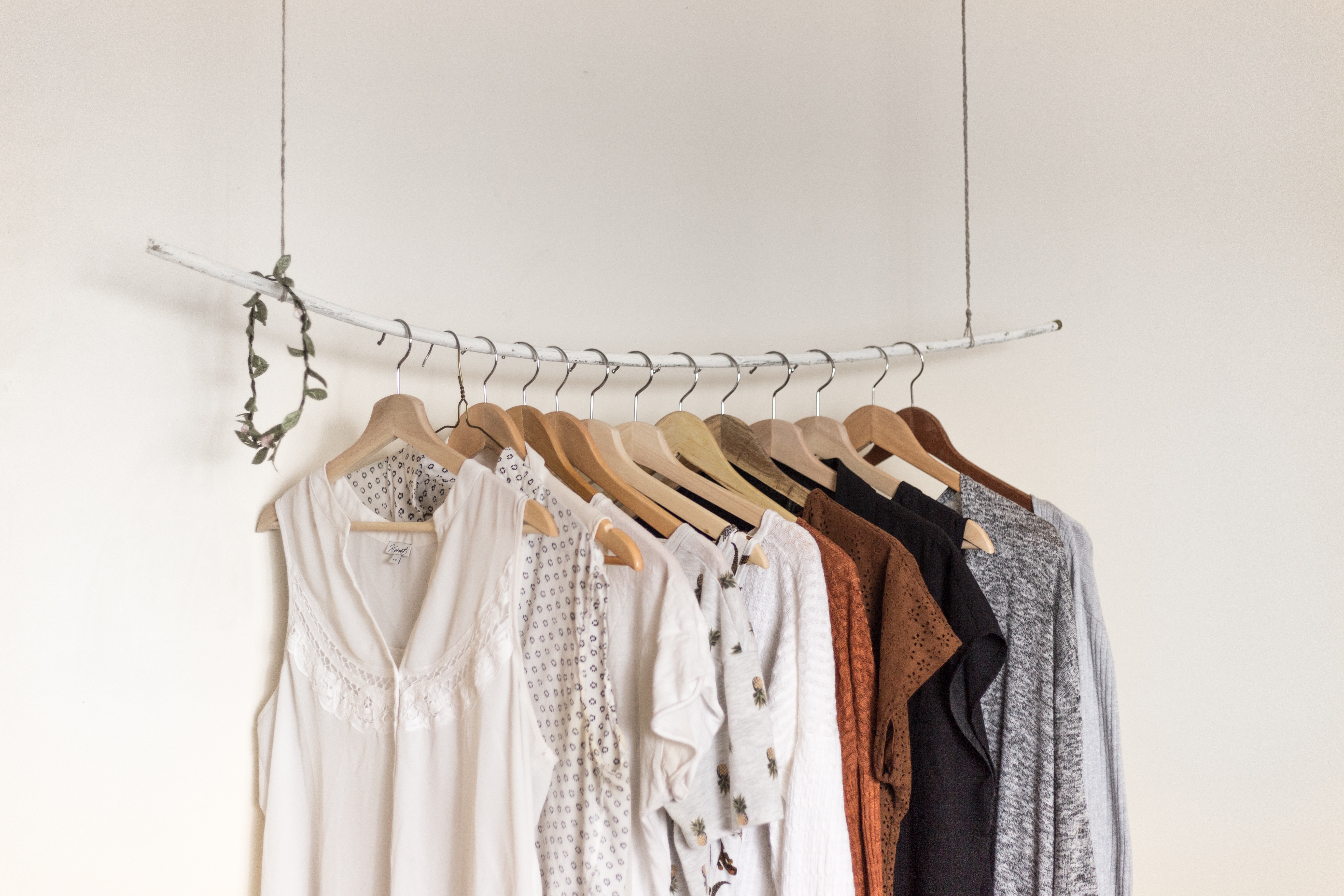Sustainable and Environmentally Friendly Clothing
Lately, climate change has been a hot topic. Becoming more environmentally friendly is becoming increasingly important every day. As resident humans on this planet, we should do what we can to live a more sustainable life to protect our planet. There are several threats facing the fashion industry that are related to the environment, but there are also ways that the fashion industry and everyone who wears clothing can become more environmentally friendly.
With all of the disruption in the environment that has been occurring, the cost of raw materials has increased and the availability of materials has decreased. As raw materials, such as fresh water, are being depleted, the amount it costs to procure them rises. Cotton, which is one of the fabrics that causes the most environmental impact, uses over 70% of the fashion industry’s resources. Sadly, a lot of it is wasted because of the industry’s linear model of usage, typically expressed as “take, make, and waste.”
Environmental disruption such as extreme weather conditions are expected to severely impact several major areas of inexpensive garment labor. Regions such as China, India, Vietnam, and Bangladesh are being affected by rising sea levels, negatively impacting those living there and their ability to work. As a result, unaffected areas are experiencing a rise in labor cost and a total disruption in the current range of the fashion industry’s cost of labor.
Akin to the cost of raw materials, the cost of the oil extraction process and access to oil fields have been affected. These combined add up to an uncertain future for transportation because the prices society will have to pay for fuel will increase due to these other increases.
The Pulse of Fashion Industry Report
The depletion of raw materials calls for a change in regulation. “The Pulse of Fashion Industry” report suggests that the industry establishes its own sustainability standards and bodies, which are then in liaisonship with international regulatory bodies. Alternatively, the report says international regulatory bodies might become more aggressive in the industry and puts pressure on the field, thus forcing businesses to concede or leave.

Cotton, which is one of the fabrics that causes the most environmental impact, uses over 70% of the fashion industry’s resources.
Lastly, the type of consumers are a huge part of the fashion industry’s success. Millenials will be the largest demographic in the workforce by 2020, thereby making it necessary to cater to their ideals, rather than Generation X. Because millennials tend to identify sustainability as an important factor influencing what they buy, businesses need to consider making sustainability a part of their business practices to gain favor with millenials and stay in the game.
Along with all of these threats facing the industry, there are also ways to help protect the environment from the fashion industry. The biggest influential change would be to turn the fashion industry into a circular economic system. A circular economy involves full transparency and data resources from the industry in order to identify where materials come from and where they end up, including (especially) the waste so that it can be upcycled into new products. A circular economy model would be less wasteful and better conserve raw materials. If these or other solutions are not put into place, then the fashion industry could be radically different by 2050 based on predictions that scientists have made.
On the other hand, with these potential solutions in place, it would be a win-win situation for the fashion industry and the environment. Several fashion businesses have been implementing sustainability initiatives and hopefully there are many more to come! If you are one of the many people in the fashion industry who want to incorporate sustainability into your business, taking an online MBA in Sustainability might help you get started with your sustainable and environmentally friendly clothing journey.
Keurig also is taking the lead and working towards more sustainable business practices. Though they are not in the fashion industry, they are still a component of the big picture.
A Few Places Where To Buy
In terms of fashion, here are some great places to purchase (affordable) environmentally friendly clothing:
Kotn – clothing made from Egyptian cotton bought directly from the farmers, while also fighting child labor.
Made Trade – offering more than just fashion, Made Trade is a place to find ethical and sustainable home goods and gifts, as well as clothing.
Mayamiko – based in Malawi, everything made by Mayamiko is locally sourced and they strive for zero waste production.
There are many more brands that exist for buying sustainable and environmentally friendly clothing so be sure to do your own investigating for what speaks to you. Also consider ways to reduce your own personal waste (clothing and otherwise). There are wonderful resources elsewhere on the web for how to lead a more sustainable lifestyle.




